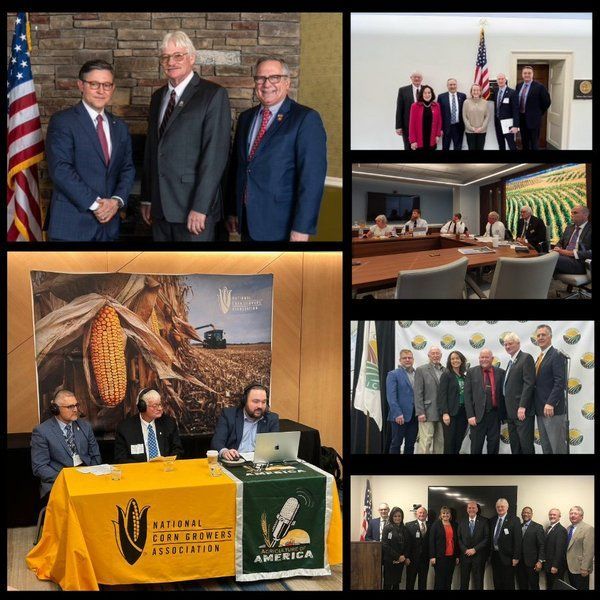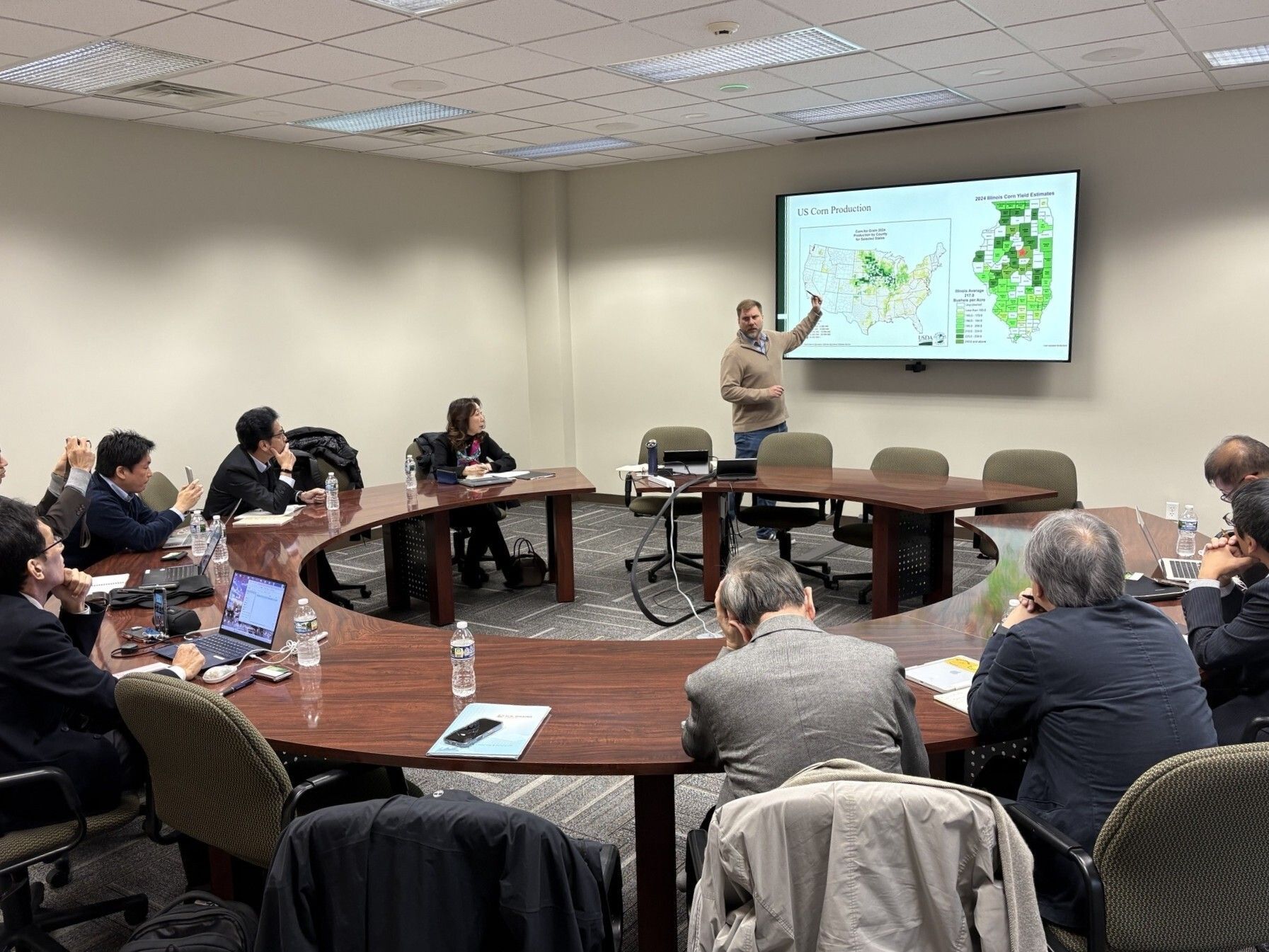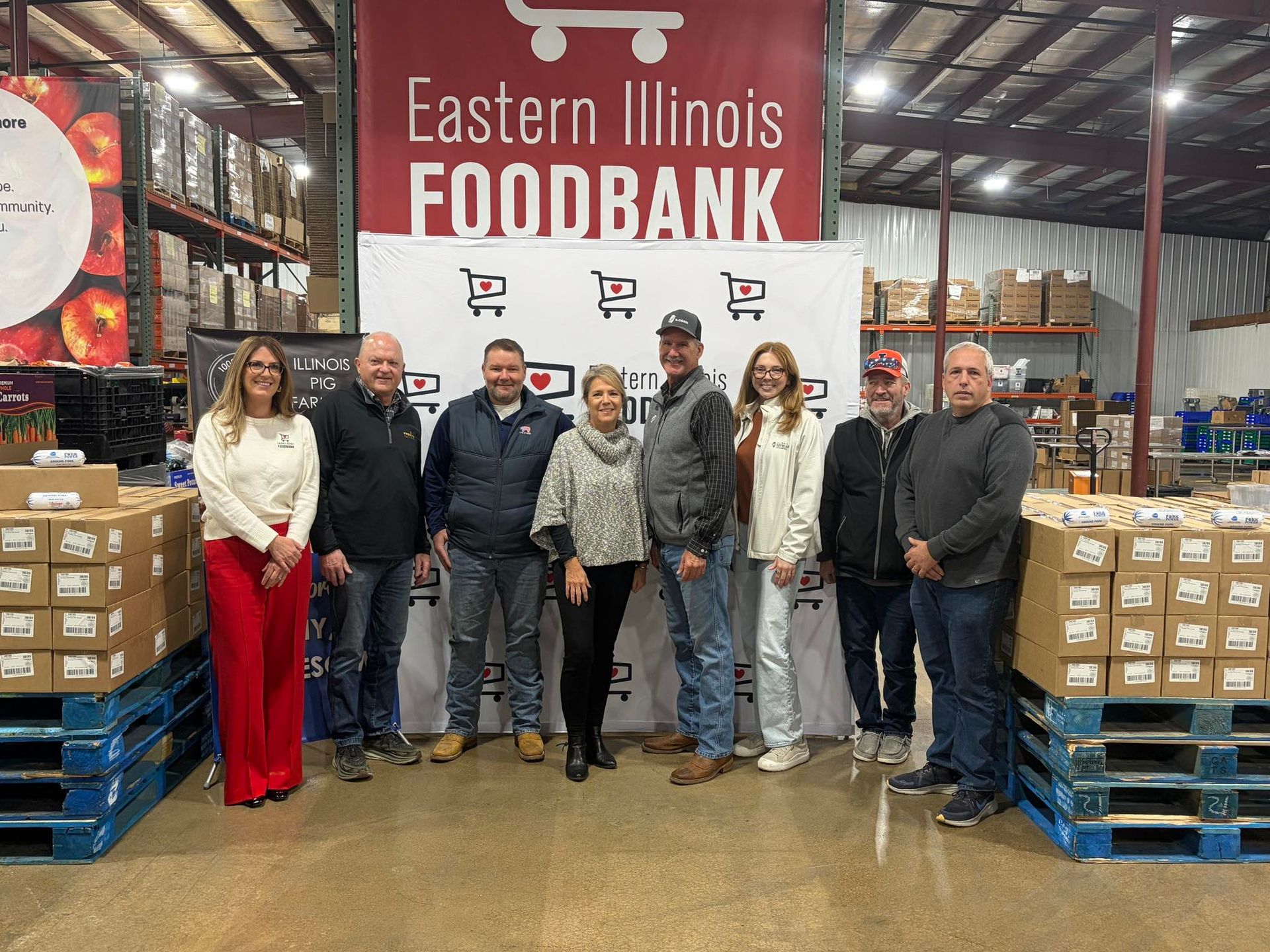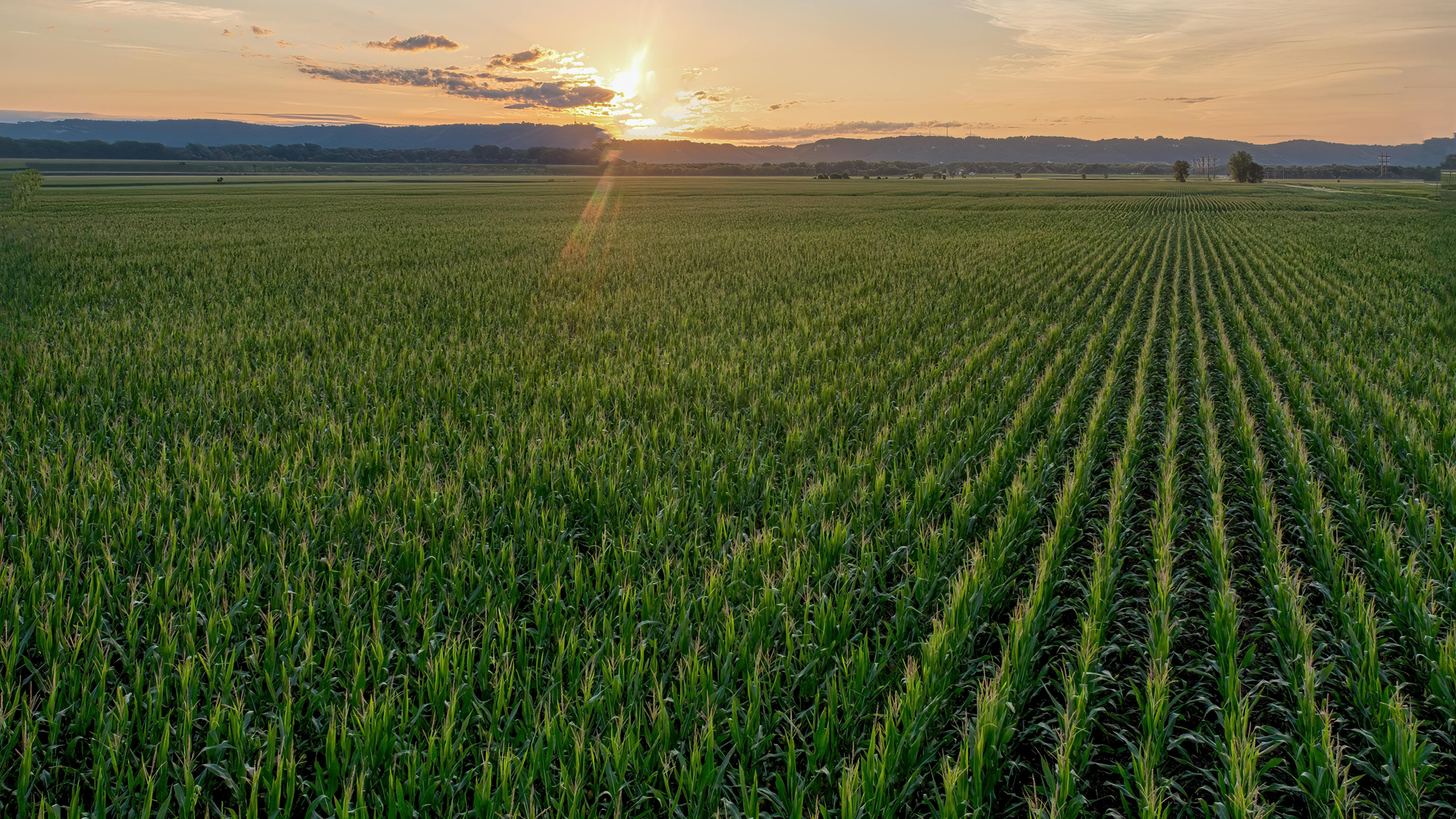History, Current Challenges, Highlight Need for a Robust Farm Bill
Imagine for a moment that it’s 1933, and you’re in a quaint, white farmhouse somewhere in the middle of America. Fascism is on the rise and the country is heading for a second world war while still reeling from the previous one. When you turn on the radio, through the static you hear stories of businessmen in New York facing financial ruin from the Great Depression.
Feeling the pressure to act, Congress begins working on ways to address these monumental problems, culminating in passage of the first farm bill, called the Agricultural Adjustment Act of 1933, which is signed into law by Pres. Franklin Roosevelt as part of the New Deal. While the New Deal is not without its controversies, it was a critical piece of legislation that put protections in place for farmers.
Looking back in time is a useful exercise as we approach this year’s reauthorization of the farm bill, some nine decades after its first passage. Farmers still face many serious challenges, not least of which are adverse weather conditions, like this summer’s drought, exacerbated by a changing climate.
Thankfully, if the droughts persist, or other extreme weather patterns emerge, there are programs in the farm bill like crop insurance that provide protections for farmers. But we can’t take these programs for granted.
Our latest weather challenges, coupled with memories from the past, remind us of the need to do everything we can to ensure a robust farm bill, protective of farmers, is signed into law this year.
NCGA is working hard to make sure members of Congress understand the value of the farm bill for farmers, rural communities and indeed the entire country. After all, our farmers are feeding and fueling America.
Our grower leaders have testified before the Agriculture Committees, we have joined like-minded organizations in submitting priorities and budget requests to Congress, and our staff are working diligently to educate key officials and their staff about the impacts of this legislation.
Corn growers are gathering this month in Washington, D.C., for Corn Congress. During our meetings, we will travel to Capitol Hill to talk about the need for a comprehensive farm bill that embraces the priorities of farmers. These national priorities include:
- Protecting crop insurance. Federal crop insurance provides market-oriented risk management tools for growers to respond to yield and revenue losses from natural disasters. NCGA supports increasing the affordability of crop insurance for producers and opposes efforts to either restrict producer access to crop insurance products or impose harmful program cuts.
- Bolstering International Market Development. Opening long-term commercial markets for commodities is key for farmers. We want to do everything possible to develop international markets for corn and corn products.
- Strengthening the producer safety net. Corn growers support improvements to strengthen the Agriculture Risk Coverage and Price Loss Coverage commodity programs. These programs provide farmers with a safety net when they face significant drops in crop prices or revenues.
- Supporting conservation practices. Corn growers are committed to conservation practices. USDA conservation programming plays an important role in helping advance the adoption of climate-smart agricultural practices.
To be successful, commodity groups cannot go this alone. NCGA continues to work through multiple coalitions to protect crop insurance, bolster the trade promotion programs, work through the policy challenges of addressing climate change through voluntary and locally led initiatives and to make sure the Agriculture Committees have the resources necessary to craft a meaningful farm bill.
Our work will continue until the farm bill is passed and signed into law. We hope you will follow our efforts by texting COB to 52886.
We are no longer in that farmhouse in 1930s rural America. We are now living in an America of the 21st century. We have new challenges related to trade, technology and other matters. Still, farming today, like that of generations past, is shaped and at times stunted by adverse weather conditions.
Whether it’s crop prices, a Dust Bowl, drought or smoke drifting in from Canada, as the farm bill comes up for reauthorization, we are reminded that the more things change, the more they stay the same.
Appleton is vice president of public policy at the National Corn Growers Association.











































































































